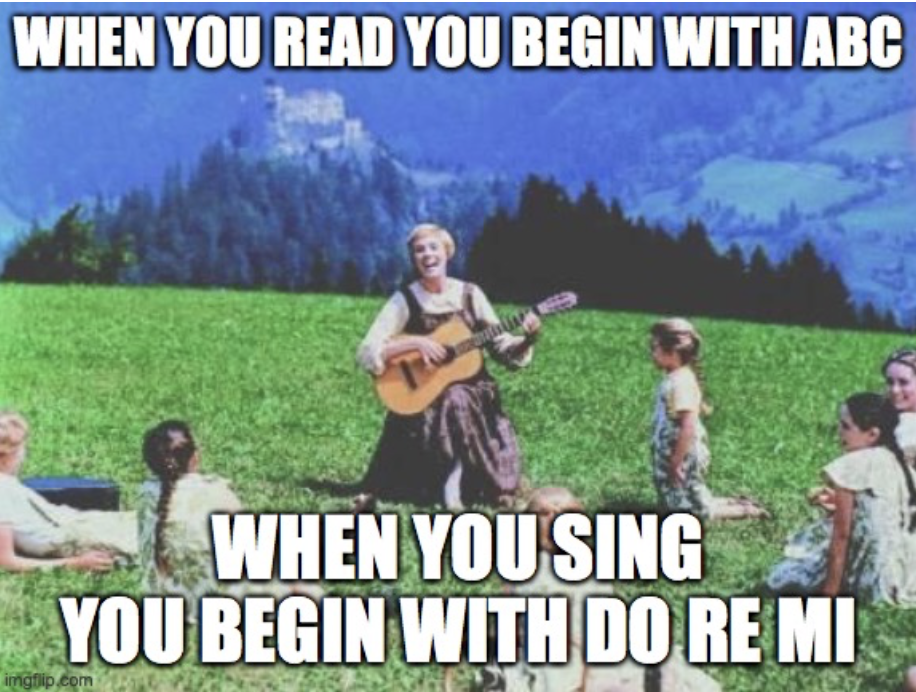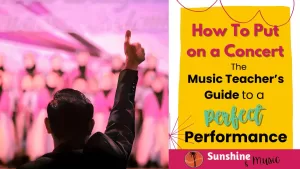Last winter during our annual state conference, I wandered in to a workshop done by a guy named Andrew Ellingsen. And he shook my world around – my solfege world to be exact. Around the music world, a large portion start teaching note-reading with SO and MI. Makes sense – high and low pitches. But Andrew was showing us how he started with DO, RE and MI. And his rational made sense. There are so many songs in the American folk song tradition that contain MRD.
Reasons Why I’m Making the Switch
So besides the first reason I mentioned – the multitude of songs that contain this pattern, here are some of the other reasons I decided to move my curriculum around this year:
- You can do more with MRD.
- It matched the first 3 notes we learn on recorder.
- It fits better with songs that contain I and V chords.
- The notes are right next to each other and are the first 3 notes of the scale – seems like a logical starting spot.
- The first note we learn is DO, and this fits with me teaching the resting tone/tonal center to my students.
And, one more reason. Maria Von Trapp says so! (I just had to slide a little Sound of Music reference in there).

My Plan
So here’ say big plan. In previous years, I taught the following sequence of note reading:
- K – S/M
- 1 – SML
- 2 – SLMRD
- 3 – MRD (recorder)
- 4 – SFMRD (recorder)
- 5 – diatonic
This year I’m making the switch:
- K – no reading, lots of listening and singing
- 1 – DRM
- 2 – DRMSL
- 3 – MRD (recorder)
- 4 – MRDSL (recorder)
- 5 – diatonic
I love the idea of giving those kinders an extra dose of singing/listening, to strengthening that inner understanding before jumping into reading. And I know many teachers that go even longer without introducing notation, but I am balancing the line between what my state standards ask of me and what I know is right for my students. Sometimes you have to split the difference.
You also may have noticed that I am switching my recorder sequence. I used to teach BAG, then CD, then low E and D. But a different clinician (don’t remember who) suggested going to the low notes first and then adding C and D. This helps teach the kids to not overflow. I very, very much like that idea.
This will be my first year trying this sequence, so we will see how it goes. Just goes to show that even after 10 years of teaching, you’re always learning and changing!
So check out your state music standards and see what they tell you about sequencing pitches. And see if this approach might fit for you!







